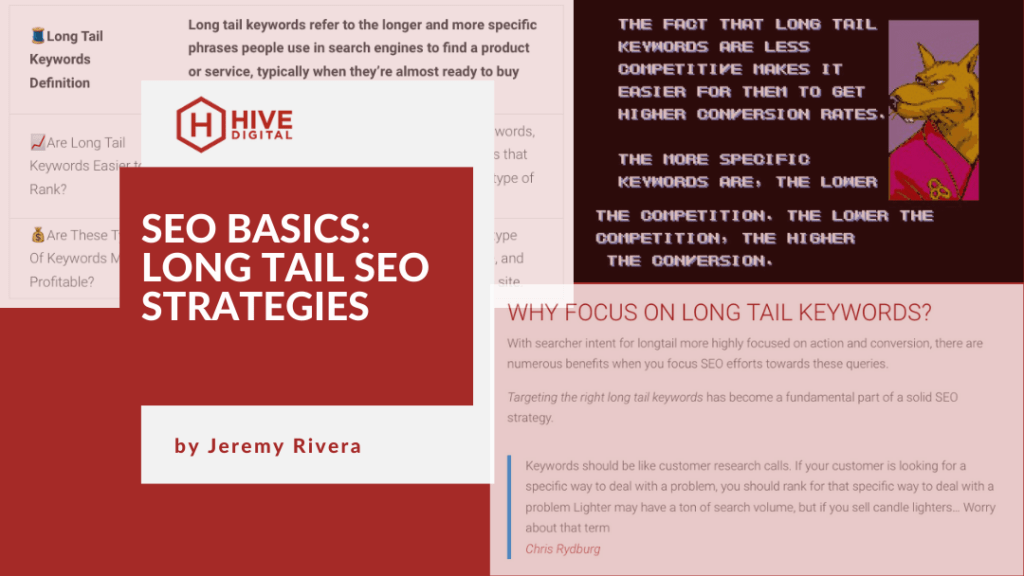Finding it hard to improve your click-through rate in search results? Struggling to find easy-to-rank search terms that can bring you more traffic and higher conversion rates?
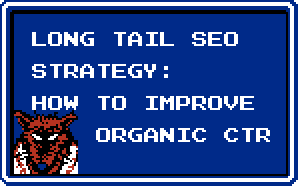
Get it? Long Tail? Splinter is a rat. With a LONG TAIL? Get it?
Three words: Long tail keywords.
Basically, these are longer and more specific keyword phrases that people use when they’re closer to making a purchase. Others use them when looking for very specific information, or when they’re using voice search.
No matter what their intentions are, one thing’s for sure – long tail keywords play a vital role in helping B2B and SaaS companies achieve high rankings in search results.
In this article, we’ll discuss what long tail keywords are, their benefits, and most importantly, how you can use them to boost your traffic and conversion. Sounds exciting?
Let’s get right to it!
WHAT ARE LONG TAIL KEYWORDS?
Long tail keywords refer to longer and more specific phrases people use in search engines, typically when they’re almost ready to buy something or take action on an idea. It’s the difference between “laptops” and “how much is a Macbook Air 16 inch display?”.
Sure, they may get less search traffic, but to compensate for that, they usually have a higher conversion value since they’re more particular and they generate faster results.
Long tail keywords contain three or more words. Although there’s no word count limit, they tend to be longer than short tail keywords, which should only contain up to two words.
Most folks consider long-tail keywords to be nothing more than search terms with more than 3 words. But, the actual definition is a bit more nuanced. Long-tail keywords are unpopular keyword phrases with low search volume and high variation.
In other words, these queries are only searched a few times per month because they are very specific keywords, or because people phrase their queries in many different ways. As such, my take on long-tail keywords is that they’re too specific to warrant a separate piece of content.
Instead, SEOs should roll them up into a broader search term. The way I like to use them, is to find all the long-tail keywords that return the same set of Google search results, and work them into the copy of your content to help the page rank for the entire set. – Jonas Sickler of Terakeet
Think of long tail as a Chinese dragon, as shown in the illustration below:
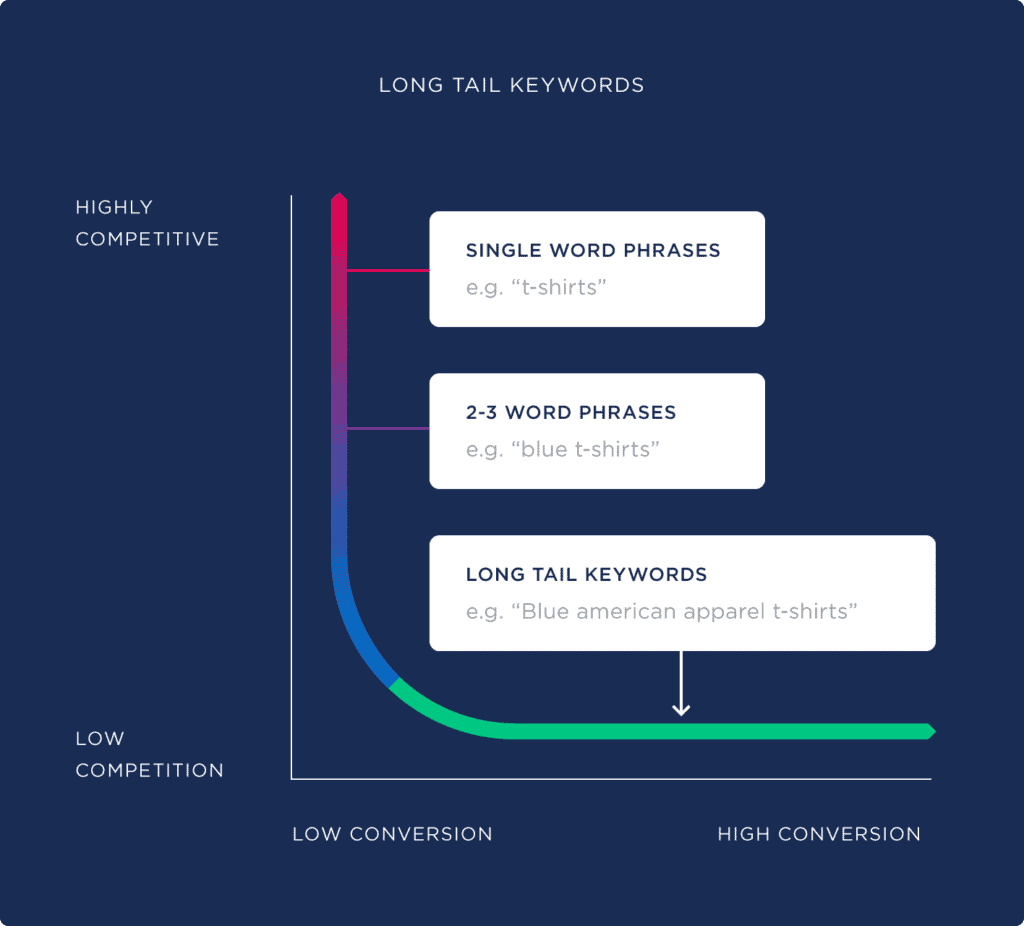
The fact that long tail keywords are less competitive makes it easier for them to get higher conversion rates. The more specific keywords are, the lower the competition. The lower the competition, the higher the conversion.
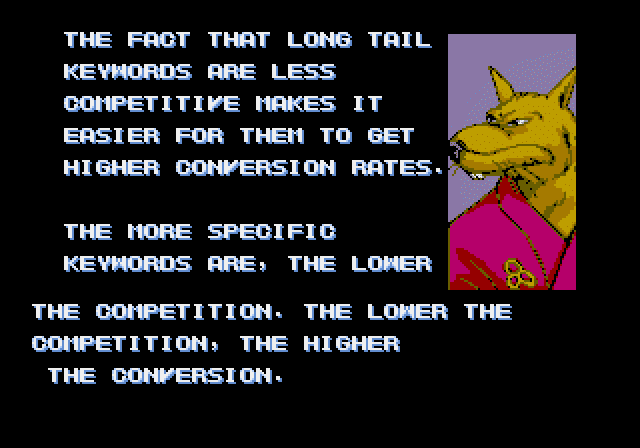
For example, if you own a restaurant that serves Asian cuisine, using the keyword “restaurant” just wouldn’t cut it. Chances of your pages appearing at the top of an organic search are slim.
But, with keywords like “Asian restaurant near me” or “restaurants in (your city) that serve Asian cuisine,” you’ll have new customers coming into your door in no time.
Here’s my take on long tail strategies: Use keyword research tools to collect data and form the basis of a content strategy, but then set them down. Take a minute to use your brain and have conversations. I’ve found some of the most valuable, high-intent pages rank for 100+ terms with 5-10 monthly searches.
The traffic potential is much higher than ranking for one term with 70 monthly searches. “Long tail” isn’t a set MSV range. SEOs can get fixated on tools instead of topics where having conversations with customer service or the end user can bring incredible insights. Don’t be quick to dismiss a non-marketer’s content idea because “there isn’t volume for that topic.” Their experiences are valid and should be explored. – Andrew Prince
WHY FOCUS ON LONG TAIL KEYWORDS?
With searcher intent for longtail more highly focused on action and conversion, there are numerous benefits when you focus SEO efforts towards these queries.
Targeting the right long tail keywords has become a fundamental part of a solid SEO strategy.
Keywords should be like customer research calls. If your customer is looking for a specific way to deal with a problem, you should rank for that specific way to deal with a problem Lighter may have a ton of search volume, but if you sell candle lighters… Worry about that term
Executing them the right way can produce satisfying results, especially for those in the B2B and SaaS industries. Aside from increasing your traffic and conversion, here are other reasons why you should prioritize long tail keywords:
- Long-Tail Keywords Are Essential in Building a Strong Sales Funnel
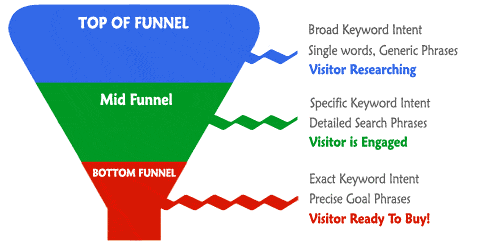
Single keywords build the top of the funnel. Long tail keywords make up the mid and bottom funnels.
For example, a person looking for “Nike running shoes 2021” or “best running shoes under $1000” is more likely to buy than somebody who only types “shoes.”Sports retailers will be getting more qualified click-throughs using the longer keywords.
Are Long Tail Keywords Are Easier to Rank?
Yes, with most B2B and SaaS companies still focusing on common keywords, using long tail keywords makes it easier for you to grab the top spot of Google’s search results page.
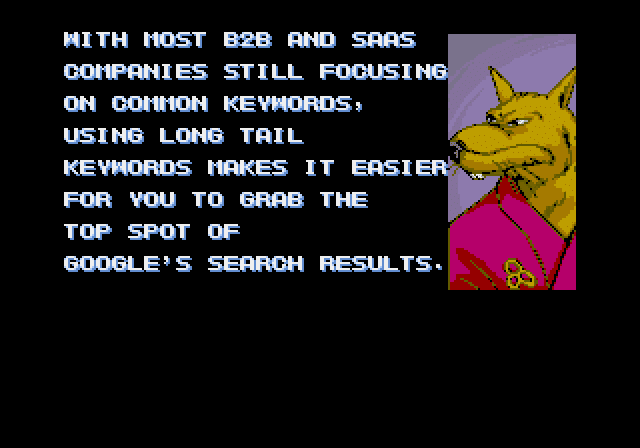
It can take you years and resources to rank for “dresses,” but using “green slip dresses for teens” can land you on the first page in just a couple of weeks.
Posts with Long Tail Keywords Provide More Value
Long-tail keywords aren’t just about improving your SEO and CRO efforts, they also offer real value to your audience.
Although infographics, personalization, and videos are all important tools in reaching an audience, nothing beats the tried-and-true method of gaining organic traffic from providing real value.
And, guess what? Google, Bing, and other search engines are always on the lookout for valuable content!
Long Tail Keywords Are Much More Profitable
In B2B organic search, long tail keywords result in higher conversion rate, higher average time on site, and lower bounce rates.
In B2B PPC, targeting long tail keywords can bring higher conversion rate, higher quality scores, higher CTRs, and lower CPCs (cost-per-clicks).
In short, utilizing long tail keywords generates higher ROI.
IMPROVING YOUR CTR WITH LONG TAIL KEYWORDS
As a B2B or SaaS company, one of your goals is to increase your website traffic with CTR. Focusing on long tail keywords is a surefire way to help you achieve that.
The question is, how do you start? Well, allow us to walk you through!
Follow these steps to ensure that you find the right long tail keywords that will deliver instant results – and by that, we mean high ranking, more traffic, and high conversions for your platform.
Step 1: Research Your Competitors
Finding out who your competitors are and the keywords they rank for is the first step.
You’ll need to know what keywords they’re frequently targeting, as well as the amount of traffic they receive with those keywords. Once you notice that their PPC campaign’s driving more traffic because of long tail keywords, then you should definitely follow their lead.
Studying your competitors is quite simple, actually. You can purchase SEO tools that will do the work for you, such as Ahrefs, Semrush, and BuzzSumo.
Here’s Semrush showing you how they can discover a company’s competition based on organic keyword positions:
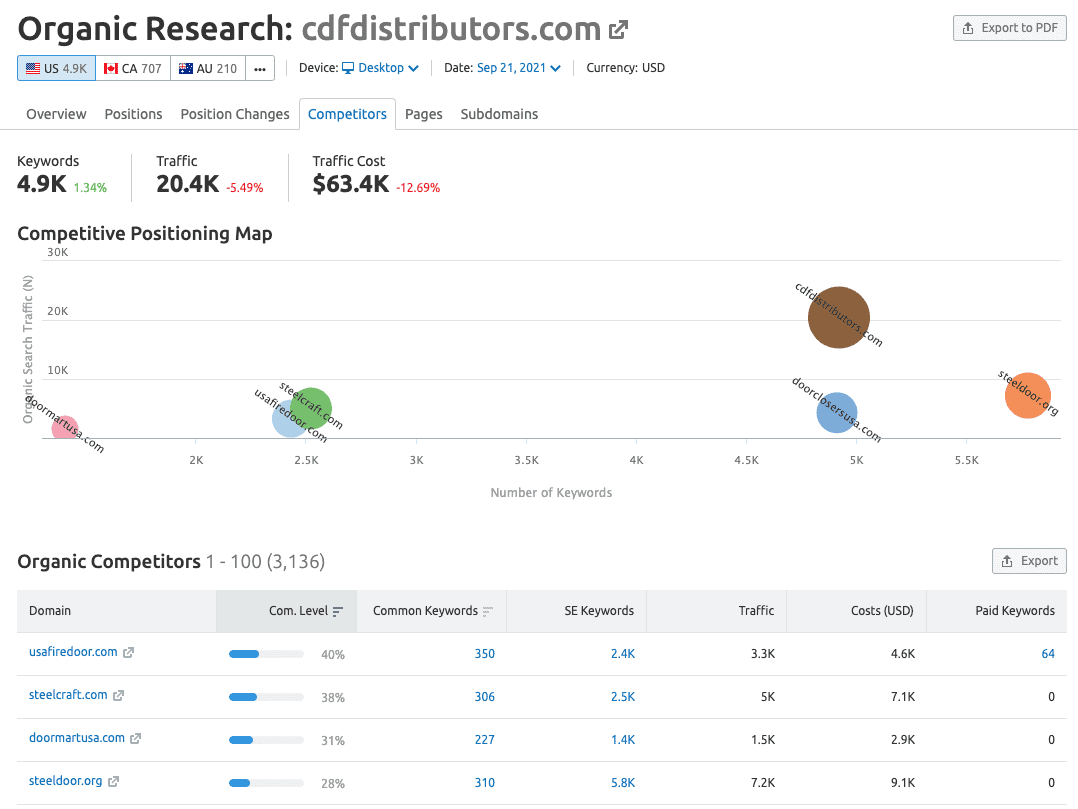
Step 2: Know Your Main Keywords
Before you look into your long tail keywords, be sure to have a clear idea of what your main keywords are. These keywords will eventually lead you to Google ranking success in the future.
Keep in mind that your long tail keywords are your main keywords’ descriptive version. That’s why it’s crucial to know your main keywords first before generating your long tail keywords.
Ideally, main keywords should contain:
- At least three words
- Medium to high competition in your industry
- Targeted by one or more of your competitors
- Higher than an average of 200 organic searches on Semrush
- Higher than an average of 200 monthly searches on Google Keyword Planner
After mastering your long tail keywords, you’ll realize that it’s the main keywords that drive the most traffic. Keyword research tools like KeywordTool, Accuranker, and Google Keyword Planner can help you find the best main keywords.
The rest of the steps will be much easier once you know your most important keywords. With these keywords, identifying relevant long tail keywords for your online platform will no longer be a problematic task.
Step 3: Finalize Your Long Tail Keywords
Now that you have your main keywords and knowledge about your competitors’ long tail strategy, you can start generating the keywords you plan to target.
Quick Tip from John Murch “You need to enrich your keyword data sets and build out various keyword segments. Leverage tools like https://reversedictionary.org and https://relatedwords.org to expand on words/ngrams.”
Assuming that your main keyword is “organic coffee,” you can come up with many long tail keywords related to it, such as the following:
- coffee shops that serve organic coffee
- organic fair trade coffee
- healthy organic coffee near (your city)
- buy organic green coffee beans in (your city)
- best organic coffee to drink in 2021
Your goal is to find as many long tail keywords as possible, particularly ones with low to medium search keywords. They’ll help you rank quickly and drive traffic in minutes.
Incorporate long tail keywords in your landing page and optimize your website regularly for more long tail keywords.
As part of a review process, have 5-10 standard questions that are intended to be very open to ensure mixed responses. Almost like the kind you might ask as an SDR or Product Manager to get some insight but instead designed to get great problem/solution pairs. If you get really interesting responses you could follow up with a full interview for a case study, but just 5-10 questions could create amazing long-tail content. – Andy Beard
Also, see to it that your site is search engine friendly in terms of layout, design, and speed. These factors will not only help you achieve faster results, but they’ll also increase the rankings of your main and long tail keywords.
Step 4: Be Consistent in Tracking Your Keyword Activity
Unfortunately, not all of the keywords you target will give you the results you’re hoping for – and this applies to everyone.
That said, tracking changes and activities to your keywords should be at the top of your priority list.
Track their conversion, ranking, lifetime value, and profitability as often as you can. Doing so will provide you a clear idea of which keywords to optimize and which keywords can possibly bring the biggest success to your B2B or SaaS platform.
THE BOTTOM LINE
Remember, you’re using long tail keywords for two reasons: More traffic and higher conversions.
Following the steps we mentioned will certainly take you to the right direction.
Know your competitors, know your main keywords, know your long tail keywords, know the latest activities in your keywords – and you will know how powerful long tail keywords really are.

